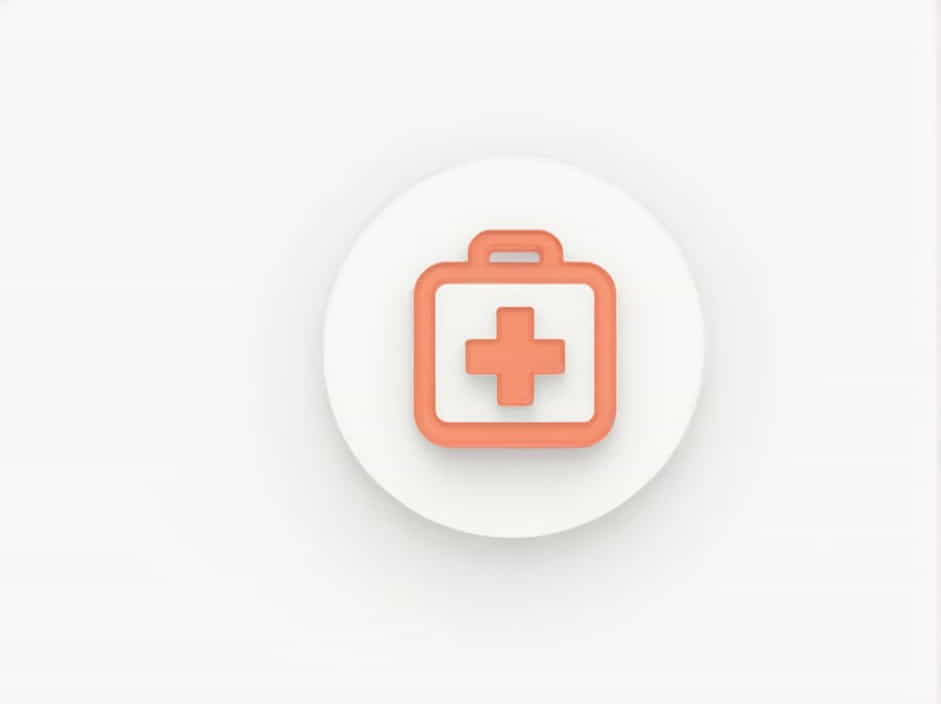Managing healthcare costs can be challenging, especially when dealing with out-of-pocket medical expenses and deductibles. These expenses directly affect your budget and determine how much you pay before insurance covers the rest.
This topic explains what out-of-pocket expenses are, how deductibles work, and ways to manage medical costs effectively.
1. What Are Out-of-Pocket Medical Expenses?
Out-of-pocket medical expenses refer to any healthcare costs that you pay yourself, without reimbursement from insurance. These include:
✔ Deductibles – The amount you must pay before your insurance starts covering costs.
✔ Copayments – Fixed amounts you pay for specific medical services (e.g., $20 for a doctor visit).
✔ Coinsurance – A percentage of the total medical bill that you must cover (e.g., 20% of the cost).
✔ Non-Covered Services – Expenses not included in your insurance plan, such as cosmetic surgery.
✔ Prescription Medications – Certain drugs may not be fully covered by insurance.
2. What Is a Medical Deductible?
A deductible is the amount you must pay out-of-pocket before your health insurance starts covering medical expenses.
📌 Example:
- Your deductible is $1,500.
- You have a medical procedure costing $3,000.
- You pay the first $1,500 yourself.
- After meeting the deductible, insurance covers a percentage of the remaining balance.
The higher the deductible, the lower your monthly premium. However, this also means you must pay more upfront before insurance kicks in.
3. How Deductibles and Out-of-Pocket Costs Work Together
Once you meet your deductible, insurance covers a percentage of your costs, but you may still pay some expenses through coinsurance or copayments.
📌 Example with a $2,000 Deductible and 20% Coinsurance:
1️⃣ You receive a medical bill of $5,000.
2️⃣ You pay the first $2,000 (your deductible).
3️⃣ The remaining $3,000 is shared with your insurer.
4️⃣ If your coinsurance is 20%, you pay $600, and insurance covers $2,400.
Your total out-of-pocket cost = $2,600 ($2,000 deductible + $600 coinsurance).
4. What Is an Out-of-Pocket Maximum?
An out-of-pocket maximum is the highest amount you will pay for covered healthcare services in a year. Once you reach this limit, insurance covers 100% of your medical expenses for the rest of the year.
📌 Example:
- Your out-of-pocket maximum is $7,000.
- You’ve already paid $6,500 in deductibles, copays, and coinsurance.
- You get a new $5,000 medical bill.
- You only pay $500, because your total expenses now reach $7,000.
- The insurance covers the rest of the bill.
The lower the out-of-pocket maximum, the less you’ll pay overall, but the premium may be higher.
5. Types of Health Insurance Plans and Deductibles
There are different types of health insurance plans, each with different deductible structures:
1. High-Deductible Health Plans (HDHPs)
✔ Low monthly premiums
✔ High deductibles (often $1,500-$7,500 per year)
✔ Eligible for Health Savings Accounts (HSAs)
📌 Best for: Healthy individuals who rarely visit doctors and want lower monthly costs.
2. Low-Deductible Health Plans
✔ Higher monthly premiums
✔ Lower deductibles ($500-$1,500 per year)
✔ More coverage for routine visits
📌 Best for: Individuals who require frequent medical care.
3. Family vs. Individual Deductibles
- Individual deductible – Applies to one person in the plan.
- Family deductible – Covers all members of a family under the same policy.
📌 Example:
- An individual has a $2,000 deductible, while a family plan has a $5,000 deductible for the entire family.
6. How to Reduce Out-of-Pocket Medical Costs
Here are some ways to lower your out-of-pocket medical expenses:
1. Choose the Right Insurance Plan
- If you visit the doctor frequently, a low-deductible plan might save you money.
- If you’re generally healthy, an HDHP with an HSA can reduce costs.
2. Use a Health Savings Account (HSA) or Flexible Spending Account (FSA)
- HSA: Available with HDHPs, lets you save tax-free money for medical expenses.
- FSA: A pre-tax account for medical costs (must be used within the year).
3. Stay In-Network
- Insurance companies negotiate lower prices with in-network providers.
- Going out-of-network can lead to significantly higher medical bills.
4. Request Generic Medications
- Generic drugs cost much less than brand-name alternatives.
- Ask your doctor if a cheaper alternative is available.
5. Negotiate Medical Bills
- Many hospitals and doctors offer payment plans or discounts for upfront payments.
- Always review medical bills for errors to avoid overpaying.
6. Use Preventive Care Services
- Many preventive services (such as vaccinations and screenings) are covered 100% by insurance.
- Regular checkups can prevent costly medical conditions later on.
7. Common Questions About Deductibles and Out-of-Pocket Costs
Q1: What happens if I don’t meet my deductible?
If you don’t reach your deductible, you must pay all medical expenses out of pocket. Your insurance only starts covering costs after you meet your deductible.
Q2: Does every medical expense count toward my deductible?
No. Some costs, such as copayments and non-covered services, do not count toward your deductible.
Q3: Do deductibles reset every year?
Yes, deductibles reset at the beginning of each calendar year. This means you start paying from scratch every January.
Q4: Can I have multiple deductibles?
Yes. Some plans have separate deductibles for different services, such as:
✔ Medical care
✔ Prescription drugs
✔ Out-of-network providers
Q5: Are dental and vision expenses included in my health insurance deductible?
Typically, dental and vision insurance have separate deductibles. Check your policy to see what’s covered.
Understanding out-of-pocket medical expenses and deductibles is essential for managing healthcare costs. By choosing the right insurance plan, using tax-advantaged accounts, and making informed healthcare decisions, you can minimize expenses and avoid financial stress.
To reduce costs, always stay in-network, review bills for errors, and take advantage of preventive care services. Planning ahead and knowing your deductible, coinsurance, and out-of-pocket maximum will help you make the best financial decisions for your healthcare needs.
